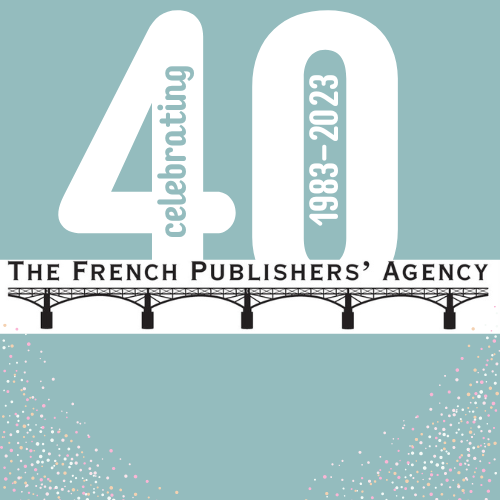A MONSTER AND A CHAOS
Hubert Haddad
(Zulma, 352 pages, 2019)
*** TRANSLATION SAMPLE AVAILABLE ***
What a Chimera is man! What a novelty, a monster, a chaos, a contradiction, a prodigy! Judge of all things, an imbecile worm; depository of truth, and sewer of error and doubt; the glory and refuse of the universe.
— Blaise Pascal, Pensées
In 1939, the chaos of war is about to engulf the Polish countryside. Inseparable twin brothers Alter and Ariel do not remember the circumstances of their arrival in Mielec, a remote shtetl surrounded by swamps and deep forests. Already survivors of an untold trauma, the young boys find shelter in the humble workshop of a blacksmith, Uncle Warshauer. When the German troops reach their village and slaughter its Jewish population, Alter alone survives. After wandering through a devastated landscape of burning towns and desecrated synagogues, he is picked up and sent to an orphanage where, unable to recall his own name, he is given the Christian name of Jan-Matheusza. But even the orphanage is not a safe haven for a Jewish child. The boy escapes once more, this time to the city of Lodz. There his destiny merges with the tragic collective history of the Litzmannstadt Ghetto.
The second largest in Poland, the Lodz Ghetto suffers under the despotic rule of Chaim Rumkowski, the head of the Jewish-run administrative apparatus appointed by the Nazi authorities. In the mistaken belief that productivity is the key to Jewish survival, “King Chaim” transforms the ghetto into an industrial camp manufacturing supplies for the Third Reich. Its residents work in exchange for food—and, at first, some amenities like schools—under increasingly worsening conditions. Jan lives furtively and finds a safe nest in a mausoleum. During the day, frail yet agile, he navigates the ghetto’s nooks and crannies as if he were walking through walls. He discovers the art of puppeteering with Master Azoï, who, against all odds, continues to enchant his starving public with the magic of his puppet shows. As the world around him moves toward its final destruction, Jan is able to reunite with his murdered brother, his other half, through the magic of pantomime and ventriloquism.
Weaving fiction and historical realism, Haddad resurrects infamous historical figures Chaim Rumkowski, his Nazi counterpart Hans Biebow, and photographer Henryk Ross, who clandestinely captured the grim reality of daily life inside the ghetto. Just as compelling are the fictional characters that Haddad creates to evoke the rich cultural life that perdures in the midst of fear, squalor, and deprivation. A young actress, a stage director, a journalist, and others partake in surreptitious acts of resistance, performing, singing, printing, and hiding the weak in cellars and attics.
At once a vibrant praise of resistance and the power of art amid chaos and despair and an ode to Yiddish culture, A Monster and A Chaosoffers an arresting portrait of daily life in the Lodz Ghetto. Hubert Haddad brings once more his immense talent as a storyteller to the service of memory, combining poetic imagination with a historical veracity and accuracy “to make,” as the Yiddish proverb goes, “the dream larger than the night. ”
Hubert Haddad is a French author born in Tunisia—a novelist, an art historian, a playwright, and an essayist. He is the author of dozens of works, including, in English, Desirable Body (Yale University Press, 2018) and Palestine (Guernica Editions, 2014),which won the Prix Renaudot Poche 2009 and the 2008 Prix des Cinq continents de la Francophonie 2008.

